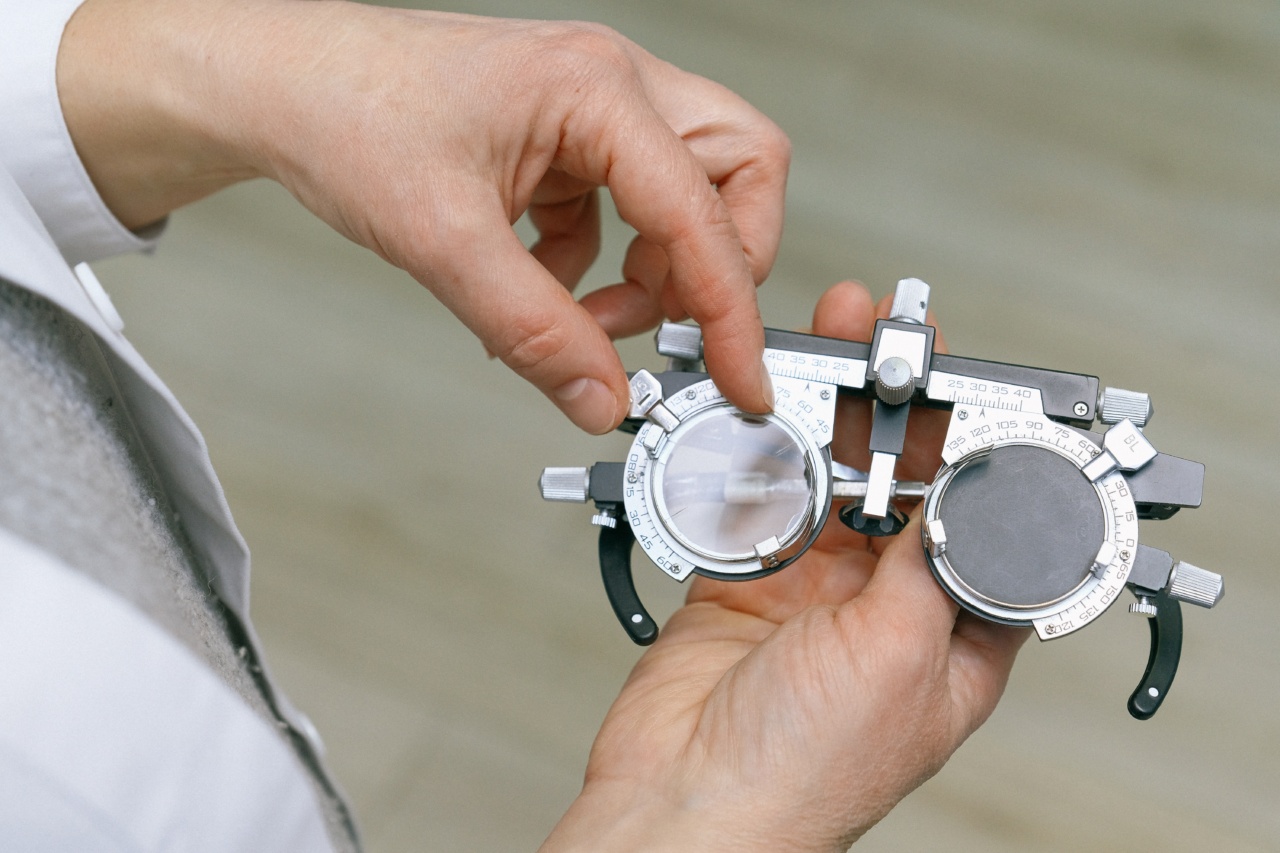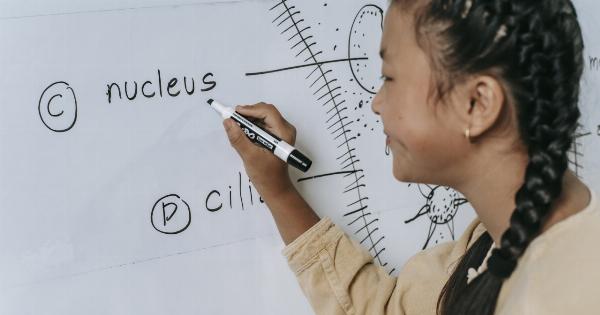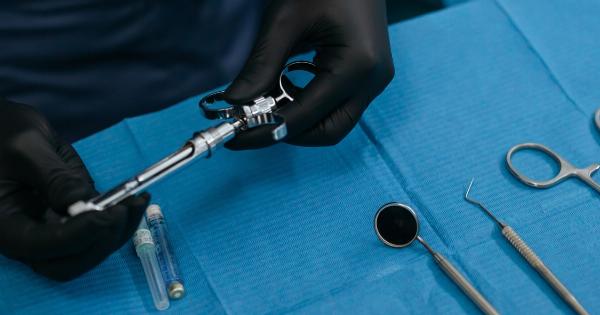General anesthesia is a state induced in the patient to help perform surgical operations and procedures. These procedures require the patient to be unconscious and free from pain.
Since its first administration in the 18th century, general anesthesia has undergone significant changes that have improved its efficacy. However, the precise mechanism underlying its function remained unknown for a long time. Scientists have been exploring the different ways that general anesthesia works to improve their administration and minimize their side effects.
The First Discovery of General Anesthesia
The first administration of general anesthesia is ascribed to Crawford Long in 1842. However, it was not until 1846 that William Morton conducted an operation with the use of general anesthesia.
Morton used ether to put the patient, Gilbert Abbott, into a deep sleep state. Morton’s discovery sparked an interest in the medical community to explore the new field of general anesthesia. By 1850, the field experienced significant growth, with over 80 known anesthetics in use.
Mechanism of Shallow and Deep Sedation
General anesthesia induces a state of unconsciousness that involves two primary stages: sedation and anesthesia. Sedation refers to the initial phase where the patient begins to feel anxiolytic effects. The patient feels relaxed, sleepy, and less anxious.
The mechanism responsible for the sedation phase is likely to involve activation of the gamma-aminobutyric acid (GABA) receptors in the brain. Sedation is induced by agents such as the benzodiazepines, barbiturates, and propofol.
Anesthesia occurs after the sedation phase when the patient is in a deeper state of unconsciousness. The mechanism underlying anesthesia is still under study.
Scientists hypothesize that the primary factors in the anesthesia process include the reduction of neuronal activity, modulation of electrical conductance in the membrane, and reduction of membrane fluidity among others.
Theories behind Anesthesia Process
Scientists have proposed several theories about the main mechanisms behind anesthesia.
The high-pressure theory posits that anesthesia results from an increase in the hydrophobicity of the nerve tissue, resulting from the high pressure administered through the anesthetic. Another theory involves the size of the anesthetic molecules, where only small molecules may pass through the nerve membranes, thus, affecting their conductance.
The lipid membrane theory suggests that anesthesia results from changes in the physical properties of the lipid membrane of the nerve.
The theory postulates that anesthesia reduces the fluidity of the membrane, thus impairing membrane-bound enzymes and receptors, thereby inhibiting nervous system activity. On the other hand, the protein target theory postulates that anesthesia works through specific targets, such as ion channels, pharmacological receptors, and enzymes.
G protein-Coupled Receptors Theory
Another theory has linked the mechanism of anesthesia to G protein-coupled receptors (GPCRs). These receptors regulate signal transduction pathways essential for physiological responses in the brain. A study by Khaledi et al.
in 2019 showed that anesthesia was affected by the activity of GPCRs in the brain. The study found that molecules that activate GPCRs increase the effectiveness of anesthetics needed to put the patient under anesthesia. The findings of the study help to understand the precise mechanism underlying anesthesia administration.
Side Effects of General Anesthesia
Despite its efficacy, general anesthesia has the potential for adverse effects on the patient. Side effects of anesthesia include shivering, drowsiness, nausea, sore throat, and postoperative cognitive dysfunction (POCD).
POCD involves memory loss, delirium, and confusion. POCD affects a large fraction of patients undergoing surgery, especially the elderly. The exact cause of POCD is not yet clear, but it is likely a result of inflammation, hypoperfusion, and oxidative stress in the brain tissue.
Researchers are currently exploring the mechanisms underlying these factors to develop measures that minimize or prevent POCD in surgical patients.
Conclusion
General anesthesia has had significant contributions to the medical field, making surgical operations and procedures less painful and safer for patients.
Scientists have explored different theories behind the mechanism of anesthesia, and although the exact process is still unknown, the research has illuminated some crucial components of the process.
Further research may provide a complete understanding of the precise mechanism of anesthesia and possible ways to improve the efficacy of administration while minimizing side effects.





























